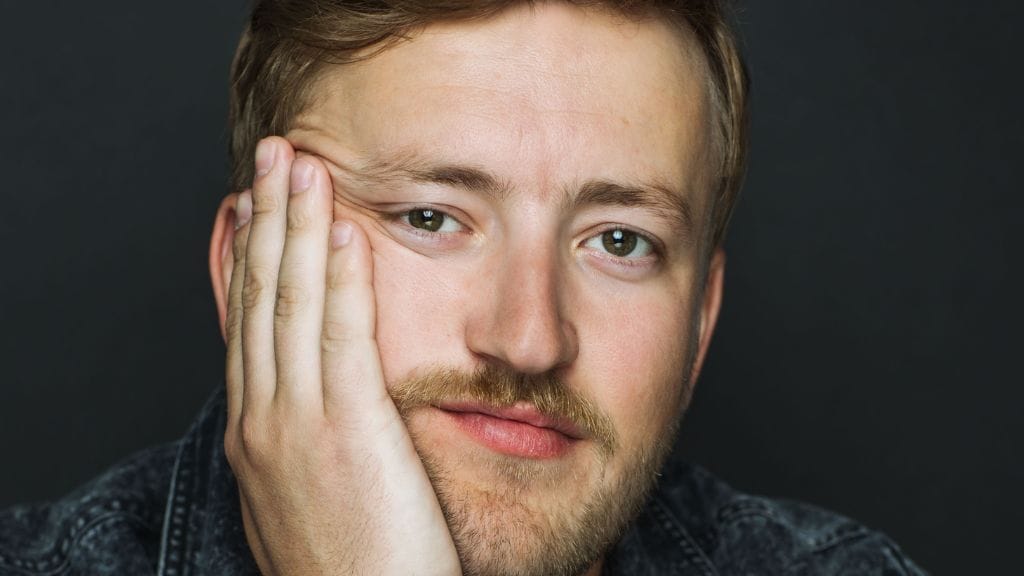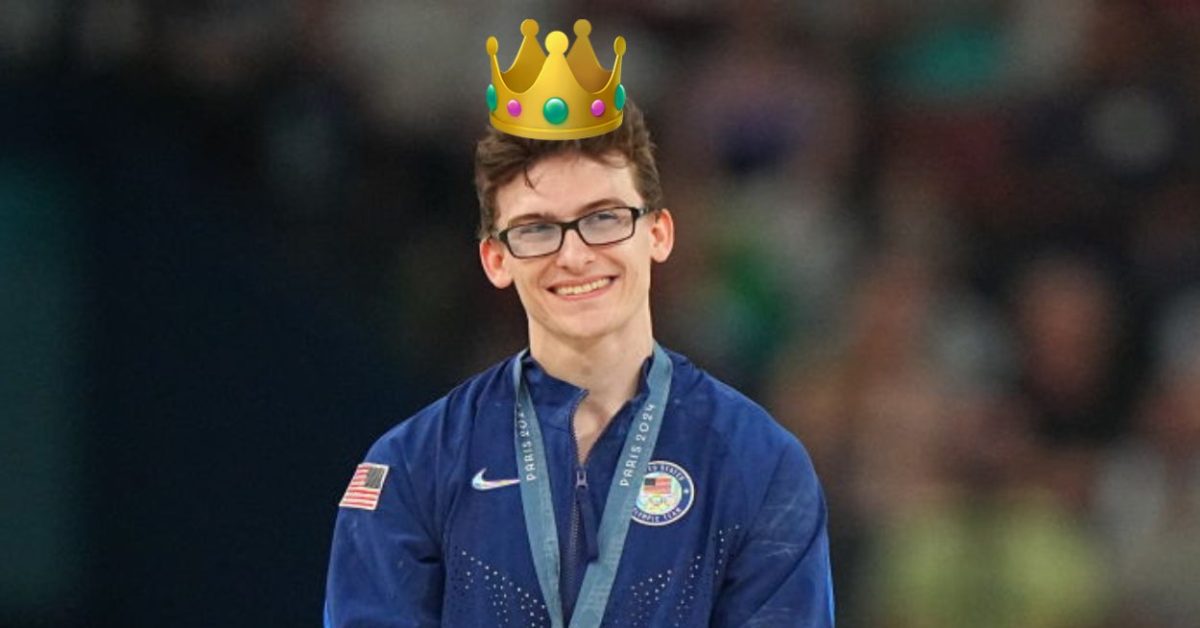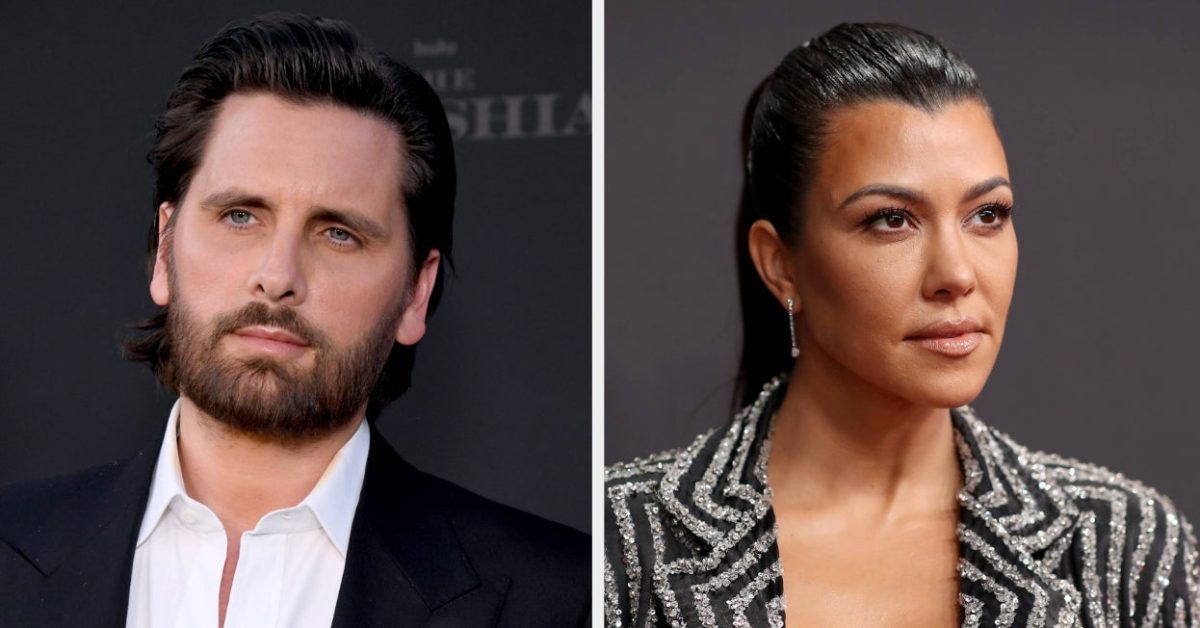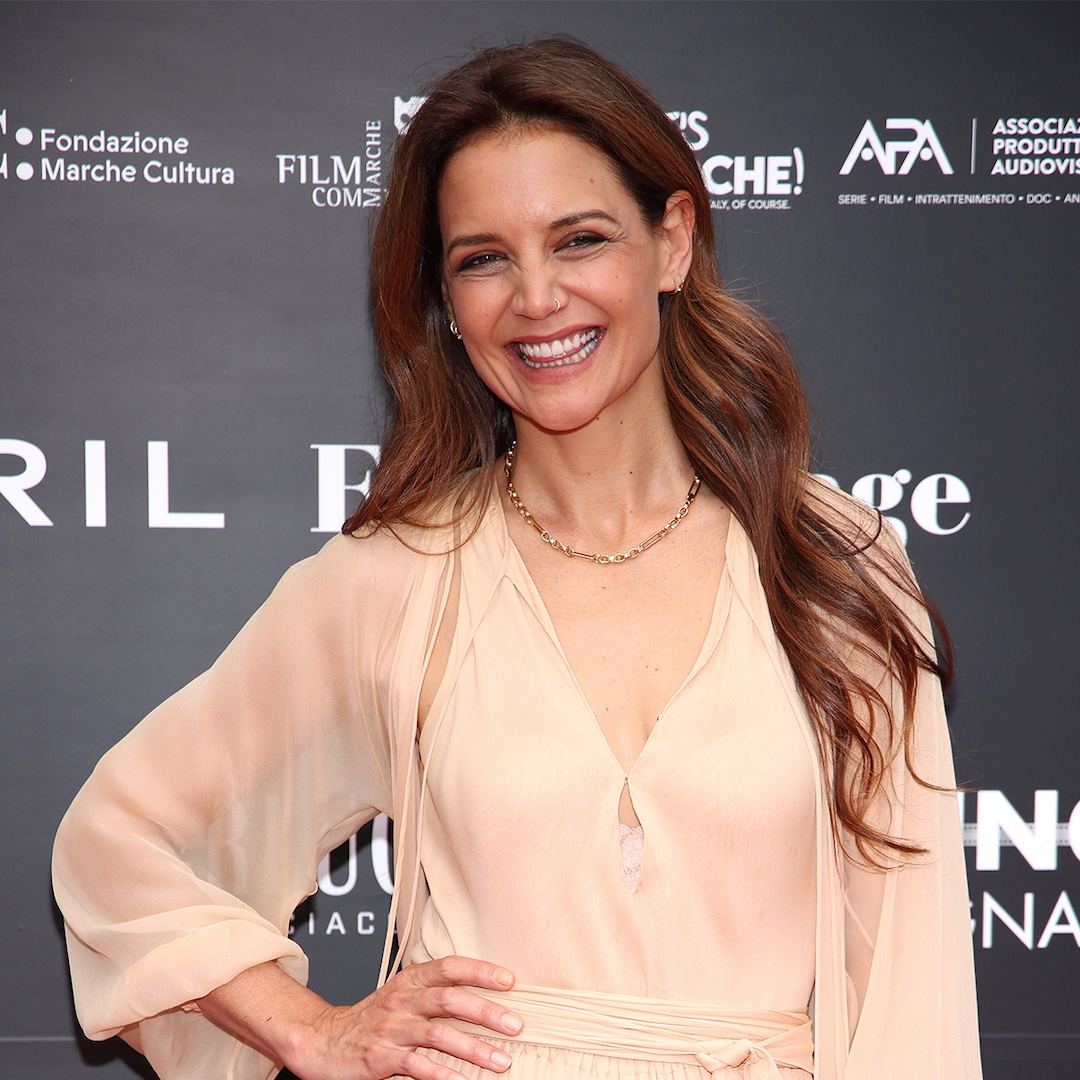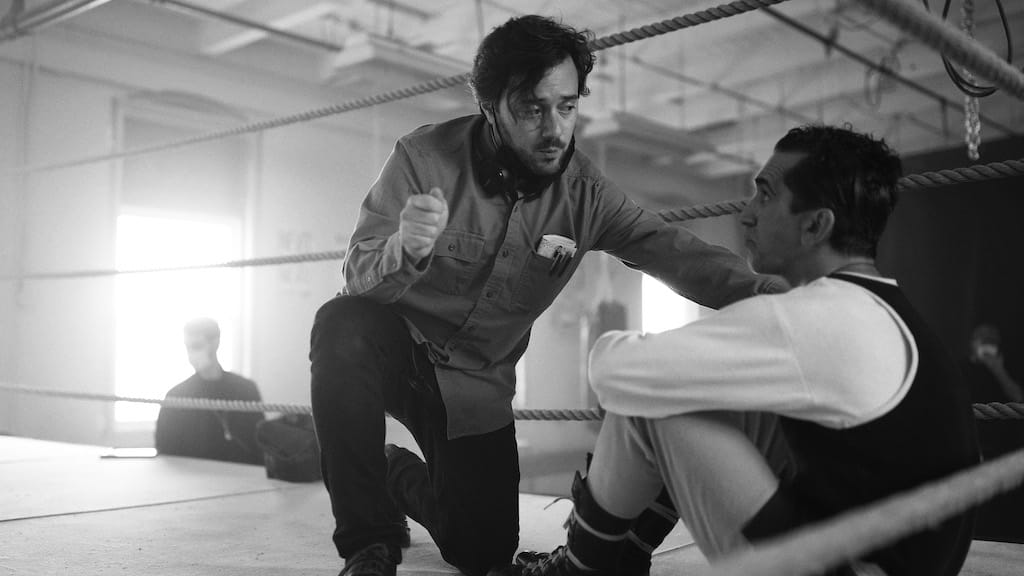
How We Made The Featherweight — a First Feature, Faux Doc, ’60s Epic — on an Indie Budget
Oct 10, 2024
Robert Kolodny is the director of The Featherweight, a film about real-life boxer Willie Pep.—M.M.
When we moved into our production offices in Hartford, Connecticut (a series of windowless rooms in a seemingly abandoned wing on the outskirts of town), I put on the Velvet Underground and sat down at my desk to consider the facts: This would be my first feature film as a director, a chance that I’d been consciously aching for since I was six years old. Our script, beautifully penned by Steve Loff, had over fifty 1960s period locations in it. And we had a mere 18 days to shoot it all.
I considered all of this as Lou Reed sang. An extremely indie budget, 18 shoot days, more than 50 period locations — had I gotten myself in over my head? No. I had to tuck that question away in the back of the desk drawer. There was too much work to do to have any second thoughts. The only question I could ask my self was: How?
The Featherweight Locations
The Featherweight takes place in Hartford, Connecticut and follows the true story of former world champion boxer Willie Pep (played by James Madio) as he embarks on the rocky road of a comeback in 1964. All of this is seen from the perspective of a documentary camera team that is following him around.
The idea of being able to actually shoot in Hartford was incredibly alluring, and thanks to Connecticut’s 30% tax incentive for film productions, we were able to make that particular dream a reality.
When we began scouting for The Featherweight, it became immediately apparent that certain neighborhoods on the outskirts of the city had structurally changed very little in the last 60 years. Moreover, shooting on location would be an exciting and more budget friendly mode of production. The predominantly Italian community around Franklin Street in the South End felt largely period appropriate, and perhaps more importantly held a spirit that felt evocative of the era.
A lot of the film’s action takes place in the main character’s home. We scouted a ton of houses that almost fit the bill, but none of them were quite right. One afternoon, my production designer Sonia Foltarz and I were canvassing a block and came upon a house that looked like it had great bones. We peaked inside and it looked perfect. We got in touch with the owner, who was reluctant to let us inside because the home used to be her mother’s, and had in recent years fallen into substantial disrepair.
Once inside, Sonia and I both saw the massive potential. Were there holes in the ceiling, water damage on the walls, peeling linoleum floors and was the deck collapsing? Yes. But the home also held a spirit that felt right, and the homeowner was willing to let us do essentially whatever we wanted in the space.
Over the next few weeks, Sonia and her team completely renovated the home, put up period-appropriate wallpaper, patched the holes, moved in beautiful mid-century furniture, and transformed the space into the home of Willie Pep.
The Costumes
At our very first meeting, costume designer Naomi Wolff Lachter brought me street-style 1960s photography monographs. We poured through them, looking out garments that spoke to us, textures and fabrics that felt right for the urban northeastern setting at the time. From there, she and her team began sourcing costumes, to ensure that the actors could move easily within the tailoring.
For the boxing trunks and robes, Naomi really scrutinized the fluidity and functionality of the 1940s athletic wear. She broke down the actual newsreels of the archival fights, frame by frame, and grabbed stills from every angle. She then sourced fabrics and colors that we decided on and had the pieces constructed completely from scratch.
The Camera
In order to get the 1960s direct cinema look, we had to reverse-engineer the body language of that style to be indicative of the era. Crystal synchronized-sound recording was a brand new thing at the time, a modern marvel that Richard Leacock helped bring to fruition. For a time, we considered shooting the film on 16mm (but ultimately it proved cost prohibitive).
Eventually director of photography Adam Kolodny and I decided on the Arri Alexa Mini, which has a sensor that can be reallocated to a super 16mm field of view. This meant that we could source period 16mm lenses and utilize their unique characteristics. These lenses were then paired with a diligently tested cocktail of matte filters to enhance halation, diffusion and color resolve.
(L-R, unmasked) The Featherweight actor Stephen Lang as Bill Gore, actor James Madio as Willie Pep, and director Robert Kolodny.
Logistics
Given the 50+ site specific locations and only 18 days of production, our planning needed to be surgical. Our producer, Bennett Elliott, and our producing team did a great job working through the Tetris of what-fits-where.
When it came to shooting, we had to create a balance in tactics between the interiors and exteriors.
For interiors, we had to be extremely economical with how the scenes were covered in order to maintain period accuracy. Pan over a few inches and there’s a modern car, tilt up a few inches and there’s an air conditioning unit in a window. The entire film is shot handheld vérité style, so this required a near Herculean attention to detail by our DP, Adam, as he operated the camera.
Also Read: Micah Khan on The Zombie Wedding — Ripped From the Pages of the Weekly World News
Although we couldn’t remove modern accouterments from the frame, we could add period dressing to help sell the world. How does one transform a suburban street into an immediately recognizable mid-century block? Our set dressers and props team would create ‘60s-era street signs and hang them over existing ones – street names, stop signs, prop vehicles etc.
We couldn’t afford to rent vehicles from a picture car company…so we pounded the pavement, went to regional car shows and met vintage car owners who were excited to be a small part of the Willie Pep story. We made deals with local rotary clubs and individual automobile collections to bring their pristine classic cars to populate the block. Most of these people just wanted to see their pride-and-joy featured in a movie, and were happy to drive then to the set!
In instances when there was a distant car in a driveway, we would frame our shot and strategically place background actors in the frame to cover up the offending object. By working people in costume into the frame, we could make the world feel more full and alive while simultaneously doing the real work of making the location sing. It was a real team effort.
As for interiors: To move efficiently on set and not have the time for substantial relights, we came up with a game plan that not only helped us make our days but gave the actors the freedom to really inhabit the spaces, which only heightened the documentary aesthetic of the film.
Our plan was to shoot 360º whenever possible. This required a high level of collaboration between the grip, electric, camera and art departments. Sets were dressed on all sides and light was principally provided by re-bulbed practicals that appeared on camera, and exterior light which we pushed through the windows.
Roll Camera
By the time we got to Day 1 of production, everything felt like it was in place — thanks to the hard work and dedication of the entire crew. The spaces felt absolutely real. Our incredible actors, in costume, hair and make-up, could inhabit their characters fully. All that was left was to make the damn thing. By the time I called action, our budget, days and locations felt like an embarrassment of riches.
The Featherweight opens Friday in New York and Connecticut and in Los Angeles on September 27.
Main image: (L-R) Script supervisor Josh Kirkland, director Robert Kolodny and actor James Madio as Willie Pep in The Featherweight.
Publisher: Source link
Vote For Your 2024 Person Of The Year
Vote For Your 2024 Person Of The Year One thing we can all agree on is that Donald Trump being named Time's Person of the Year was a terrible choice. So, I'm here to provide y'all with a worthy alternative.…
Dec 20, 2024
Plane Crash Near Buffalo Bills Player Dion Dawkins’ Property Kills One
Buffalo Bills Player Dion Dawkins Speaks Out Following Fatal Plane Crash on His PropertyFootball player Dion Dawkins is speaking out following a deadly plane crash in Aurora, N.Y. The Buffalo Bills offensive lineman missed part of practice on Dec. 19…
Dec 20, 2024
Scott Disick Gifts Son Mason Mini G-Wagon For Birthday
Reacting to the “wild” luxury gift online, several Kardashian fans joked that they felt “ancient.”“Mason almost being old enough to drive / get his permit is making me feel ANCIENT,” one person wrote.“The fact that we’ve seen Kourtney bring him into the…
Dec 19, 2024
Katie Holmes Gives Rare Public Shoutout to Daughter Suri Cruise
Katie Holmes is feeling so rosy about her gift. After all, the Dawson's Creek alum couldn't help but gush over the lovely birthday surprise that her and ex-husband Tom Cruise's 18-year-old daughter Suri Cruise gave her. "I am so grateful for all…
Dec 19, 2024


